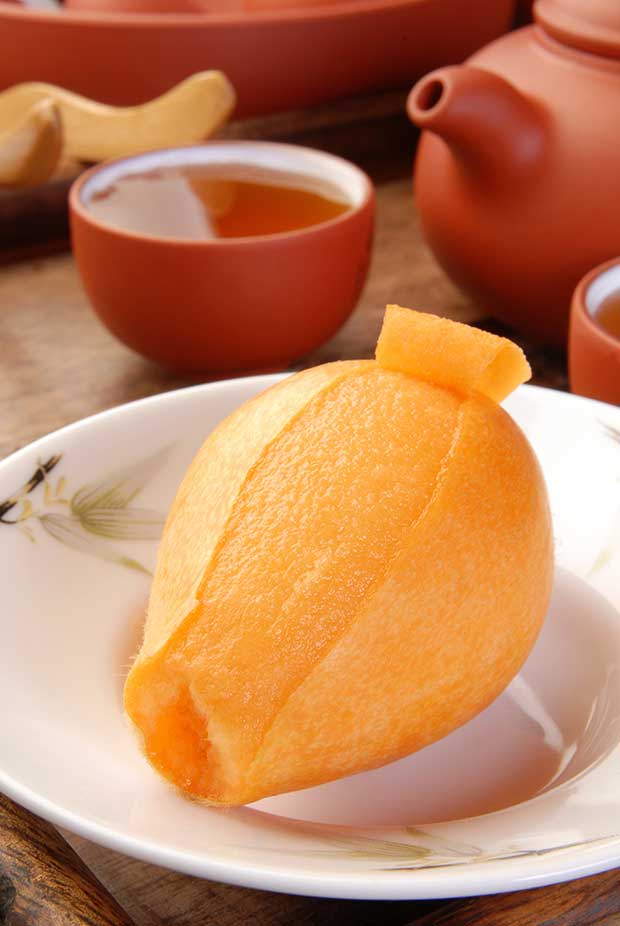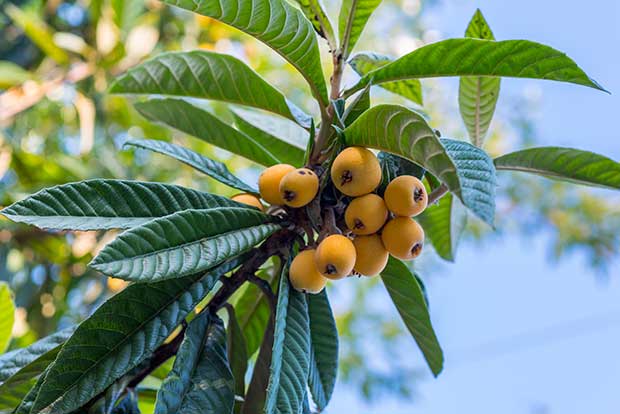How to grow loquat trees in New Zealand & why you may not want to

The humble loquat (Eriobotrya japonica) is one of those trees you may remember if you had a Granny who lived in Northland: climbing the tree, gorging on yellow soft fruit and spitting the pips down onto your brother or sister. Granny probably pickled them, an acquired taste which adults probably enjoyed with wine, cheese and salads.
Words: Ben Gaia
Warning: while loquat are delicious, they’re very weedy. In Auckland, as of September 2022, you:
– will not be allowed to breed, distribute, release or sell loquat within the Auckland region.
– will not be allowed to plant loquat within the Auckland region, unless you are transferring an existing plant on your land to another location within the boundaries of the same property.
– must destroy any loquat on land that you occupy if it has been planted in breach of the above rules and you are directed to do so by an authorised person.
GROWING
Loquat seedlings will grow in most areas of New Zealand, and despite their big tropical-looking leaves, they are surprisingly hardy. They are a sort-of Indo-Chinese mountain apple, and make a great conversation piece, adding jungle-like foliage to your orchard.
They will eventually get quite big so pop them at the back where they won’t shade out the other fruit trees as they’re definitely more of a tree than a shrub.
Loquats are prone to peacock spot and will drop yellow leaves everywhere, something you might see as a problem, something others might call “making soil.”
The leaves can be collected and added to the compost heap, although splotchy leaves and caterpillar damage can be removed to improve a tree’s health. Feed them annually as you would an apple, and as for an apple or pear, prune to shape, removing awkward branches or double trunks to avoid splitting.

GOOD EATING
Seedlings are slow to produce. After the stipulated 20 years, my loquat trees have grown well but seldom borne fruit until this past summer when I got several kilos of juicy loquats.
Admittedly they have a “large stone” but for noisy sucking-and-spitting-out-seeds in the manner of tropical fruit-lovers the world over, they are just fine. The spring flowers smell sweet, too.
VARIETIES
You can splash out on some fancy-named varieties. The best of these will be grafted selections for commercial orchards, with ‘Mogi’ the most popular Japanese variety. ‘Wiki Gold’ is a NZ variety with bigger fruit.
In cooler and harsher areas, these grafted specimens will suffer pathetically and sprout quince trees from the rootstock, so you may as well plant a quince tree and a hardy seedling loquat instead.
In protected warm areas (you know who you are), all the varieties will thrive in sheltered, steamy hollows.
They seem to be a feature of the Auckland Harbour shoreline where they were probably introduced by Asian gardeners (their Chinese name is Pi Pa).

TIMBER USES
In Japan, lengths of loquat timber are used as practice samurai swords in fencing training. It is a light, hard and shock-resistant wood, naturally pink in colour. As light, strong hardwoods go, loquat is a rival to any.
Like other fruit woods of the rose tribe, the attraction is its fine grain, smooth finish, strength and durability. Because it grows so well except in the snowy mountains, it’s possibly a good idea to try growing more and pruning them for hardwood timber.
I’m sure all sorts of uses could be found for it, and it should produce hardwood post-size trunks after 15 years or so, possibly less if fed and pruned well.
It’s certainly faster growing and hardier than teak or ebony so I’m going to enhance my timber lot with a row of edible hardwood trees, high pruned, which leaves room in the orchard for smaller and more temperate-minded plants.
LOQUAT RECIPE IDEAS:
How to make the most of loquat season in New Zealand (PLUS loquat cobbler and loquat jam recipes)
Love this story? Subscribe now!
 This article first appeared in NZ Lifestyle Block Magazine.
This article first appeared in NZ Lifestyle Block Magazine.

